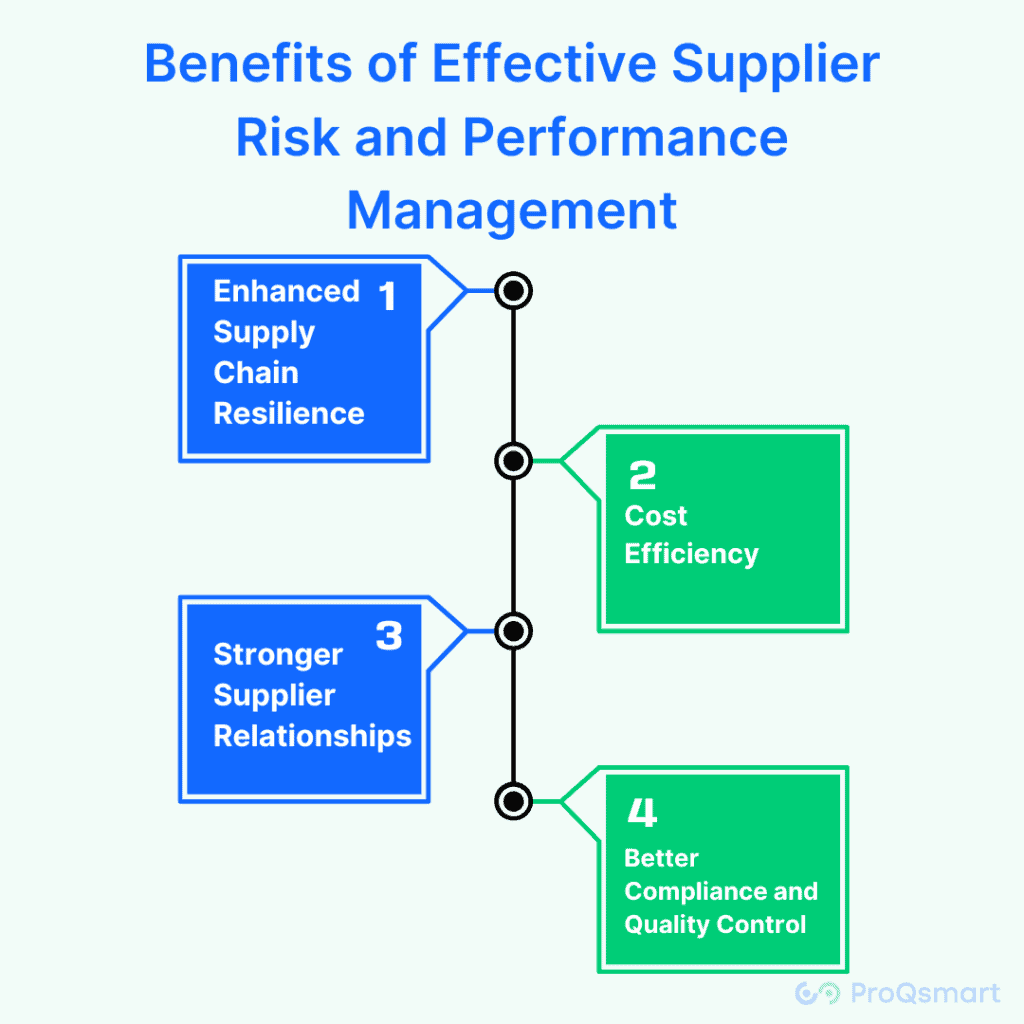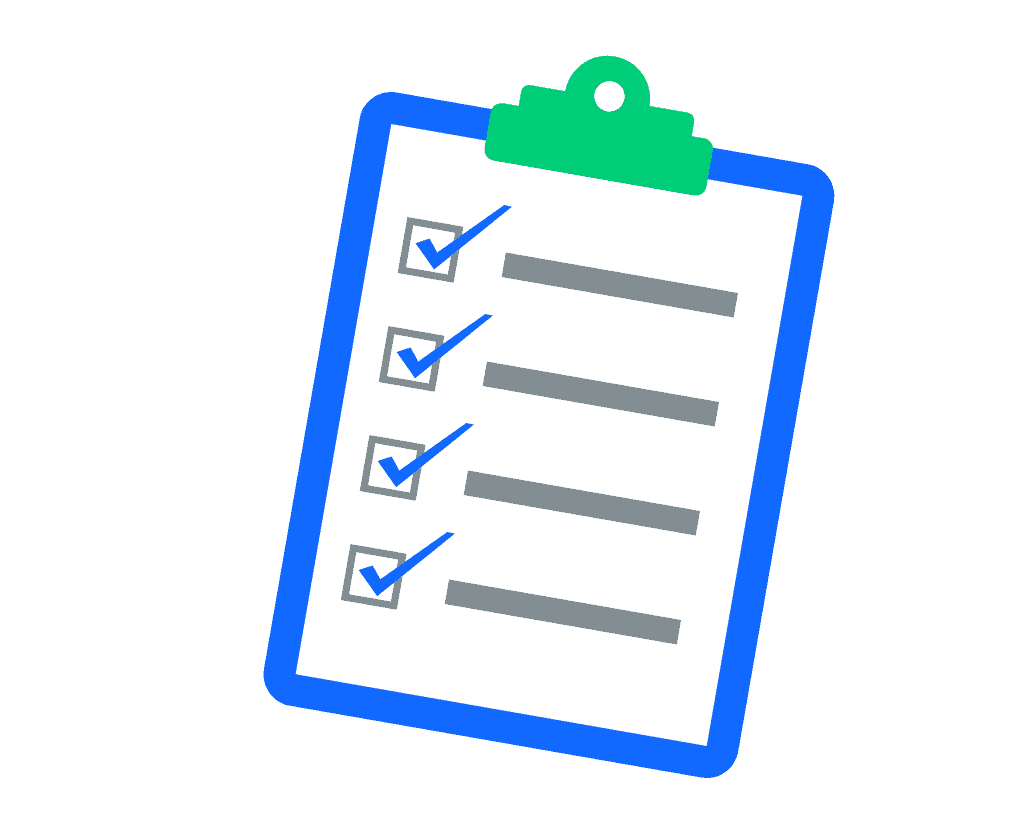In the dynamic world of procurement, effectively managing supplier risk and performance is pivotal to maintaining a resilient supply chain. This essential checklist provides organizations with the critical steps needed to assess, monitor, and enhance supplier interactions, ensuring that relationships are both strategic and secure. Let’s explore the key components of an effective supplier risk and performance management strategy.
Supplier Risk and Performance Management Checklist
1. Establish Clear Management Objectives
- Define specific goals for managing supplier risks and performance.
- Align objectives with broader business strategies and procurement goals.
2. Conduct Comprehensive Supplier Risk Assessments
- Evaluate potential risks associated with each supplier, including financial stability, geopolitical factors, and industry-specific risks.
- Use risk assessment tools and software to analyze and quantify risk levels systematically.
3. Develop Risk Mitigation Strategies
- Prepare contingency plans for critical suppliers.
- Implement strategies such as dual sourcing, stockpiling, or contracting with alternative suppliers to mitigate identified risks.
4. Regularly Monitor Supplier Performance
- Set up a structured system for ongoing monitoring of supplier performance against agreed-upon metrics and KPIs.
- Use performance management software to track compliance, quality, delivery timeliness, and responsiveness.
5. Create a Supplier Scorecard System
- Develop a comprehensive scorecard that encompasses all critical performance indicators relevant to your business.
- Regularly review and update the scorecard criteria to reflect changing business needs and market conditions.
6. Implement a Formal Supplier Review Process
- Schedule regular review meetings with suppliers to discuss performance results, challenges, and improvement plans.
- Ensure that both parties understand the feedback and agree on future objectives and action items.
7. Foster Open Communication with Suppliers
- Encourage transparent communication channels between procurement teams and suppliers.
- Address issues and concerns promptly to prevent escalation and foster mutual trust.
8. Leverage Technology for Better Data Insights
- Invest in advanced procurement technologies that offer real-time analytics and data visualization to enhance decision-making.
- Utilize supplier management platforms that integrate risk monitoring and performance management tools.
9. Conduct Supplier Development Initiatives
- Identify key suppliers for development programs aimed at improving performance and reducing risk.
- Provide training, resources, and support to help suppliers meet your organizational standards.
10. Continuously Improve Risk and Performance Strategies
- Regularly revisit risk and performance management strategies to adapt to new risks or changes in business strategy.
- Engage in continuous learning and benchmarking against industry best practices to optimize your approach.
Benefits of Effective Supplier Risk and Performance Management

- Enhanced Supply Chain Resilience: Proactively managing supplier risks and performance helps prevent disruptions and ensures a stable supply chain.
- Cost Efficiency: Improved supplier performance can lead to cost reductions through better contract terms, fewer quality issues, and optimized inventory management.
- Stronger Supplier Relationships: Regular evaluation and communication help build stronger, more collaborative relationships with suppliers, which can lead to shared growth and innovation.
- Better Compliance and Quality Control: Systematic monitoring and evaluation ensure that suppliers meet regulatory requirements and quality standards, reducing the risk of non-compliance.
Conclusion
An effective supplier risk and performance management process is crucial for safeguarding the interests of your organization and ensuring a competitive edge in the market. By following this checklist, businesses can achieve a deeper understanding of their supplier landscape, anticipate and mitigate potential risks, and drive continuous improvement in supplier performance. Embracing these practices not only fortifies the supply chain but also nurtures productive, long-term partnerships with suppliers.


